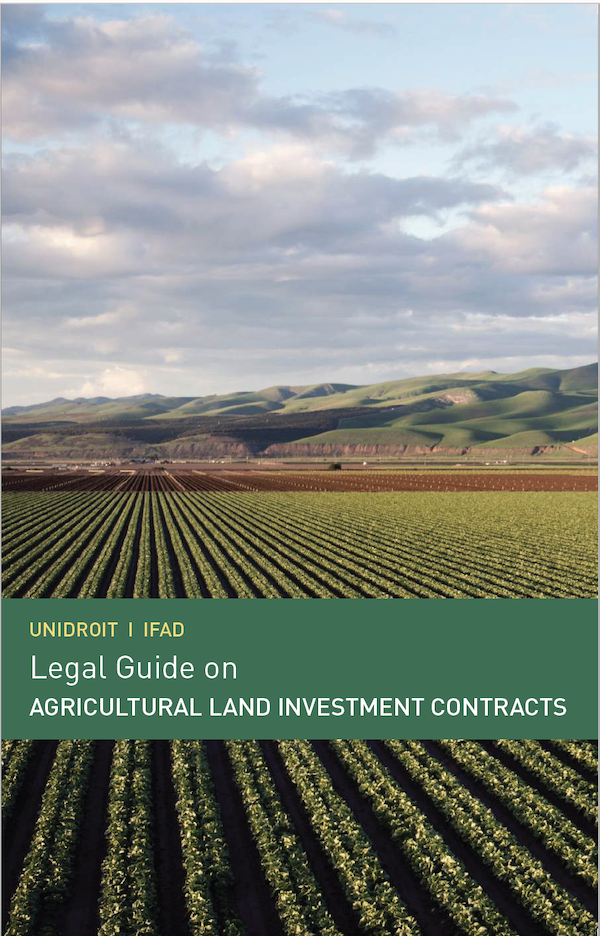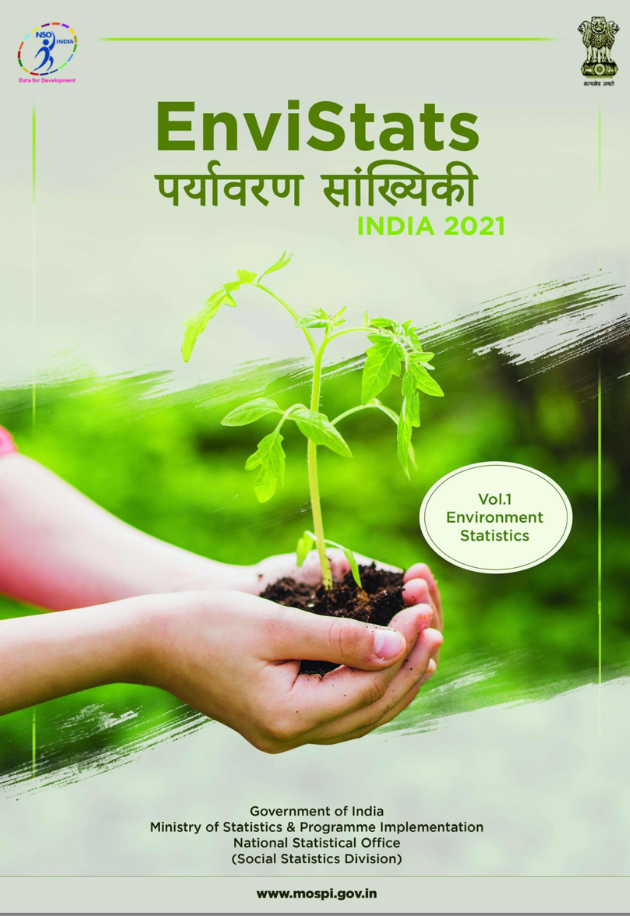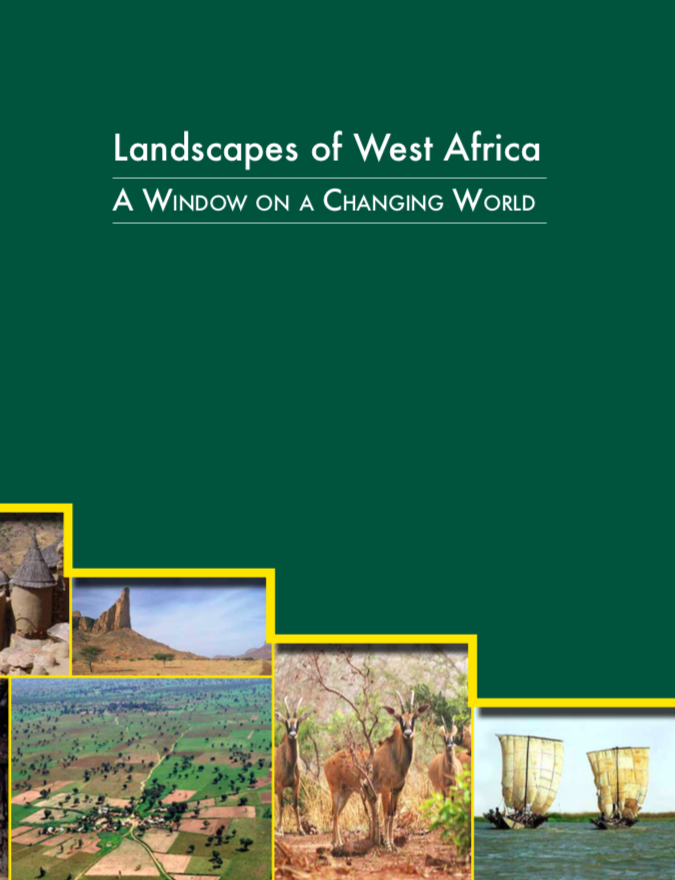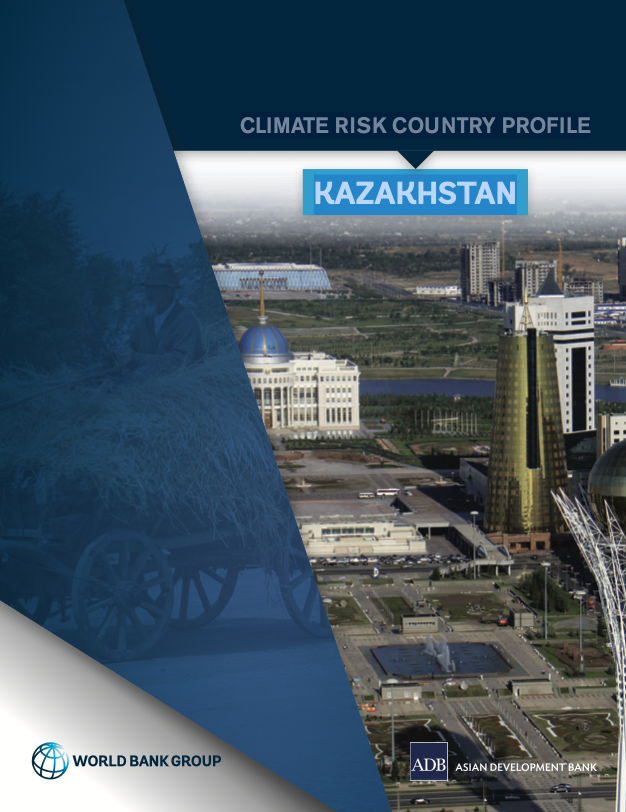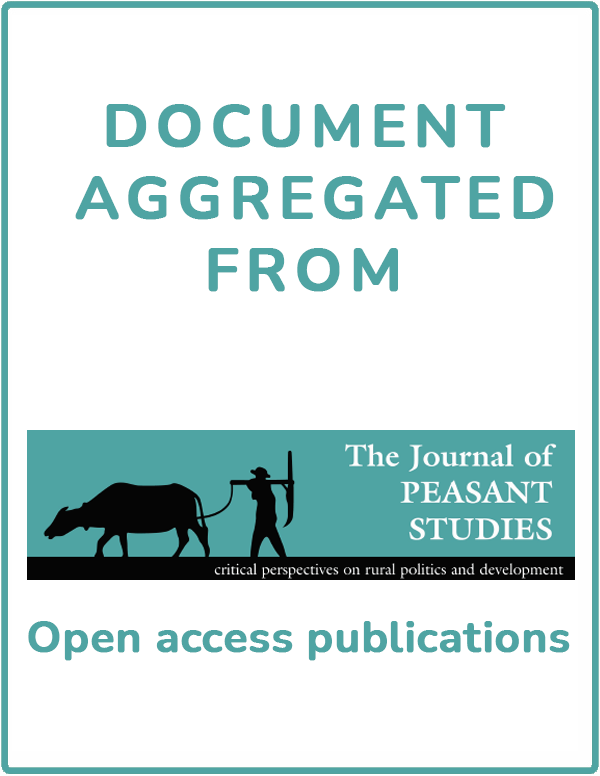Land use conflicts in the Inner Niger Delta of Mali: does climate change play a role?
Does climate change drive conflict over land use in Mali?
This study investigates the alleged relationship between climate change and conflicts, using the Inland Delta of the Niger River in Mali as a case study, where this region is an African hotspot area in terms of land use conflicts.
The author emphasises that, despite the clear climate developments in the region throughout the last century, researchers are much less sure about future changes. Moreover, the paper finds that:


